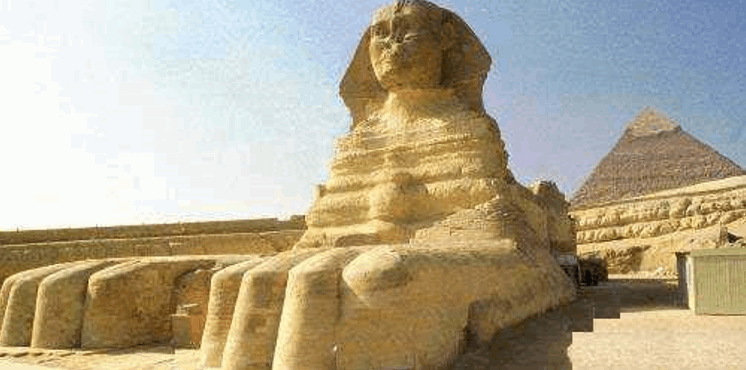W.S. Wahby1
1Professor, Industrial Technology Program Coordinator, School of Technology, Eastern Illinois University, 600 Lincoln Avenue, Charleston, Illinois 61920, USA, cfwsw@eiu.edu
ABSTRACT
Aggressive environment and urban development in Egypt are posing serious threats to the Great Sphinx. Many attempts have been made in the past to repair, restore and preserve the monument. A brief historical background and a description of the Sphinx and its rock are given. The main problems facing it are analyzed, and the different methods and materials used in the past to preserve it are reviewed. An assessment of the outcome of these efforts is presented.
Polymers are introduced as new effective materials that have great potential for the restoration and preservation of the Sphinx. Methods such as impregnation, plastering, mortars, penetrants sealers, and polymer-based coatings, are discussed, and broad guidelines for their application are reviewed.
Any endeavours to repair, restore, and conserve the Sphinx must first be studied very carefully and approved by the international scientific community and the local Egyptian authorities. Lessons learned from earlier restoration efforts must be considered, and any future preservation attempts must be carried out only after thorough experimentation and thoughtful investigation. The conservation effort must proceed with great thought and absolute certainty that what is done would not adversely affect the Sphinx or its environment, at present and in the future.
KEYWORDS: Sphinx, Egypt, restoration, polymers, sealers, impregnation, coatings, penetrants
7a-3



